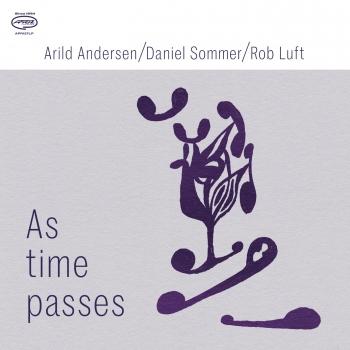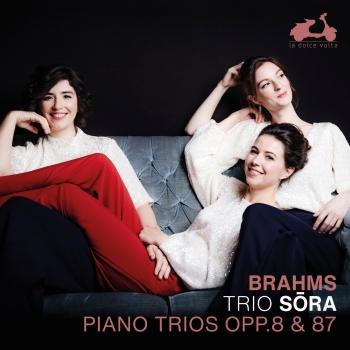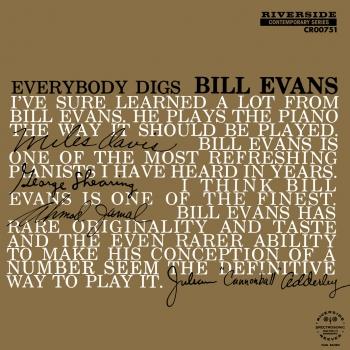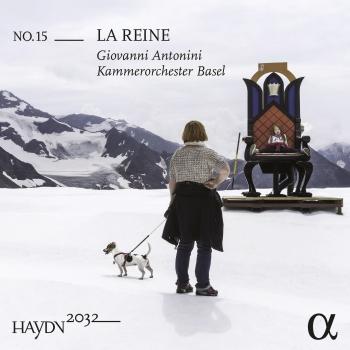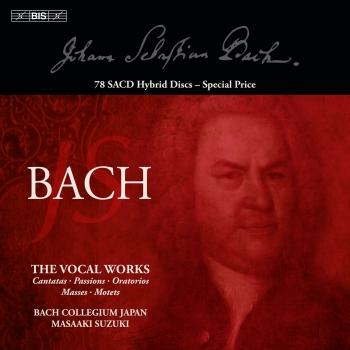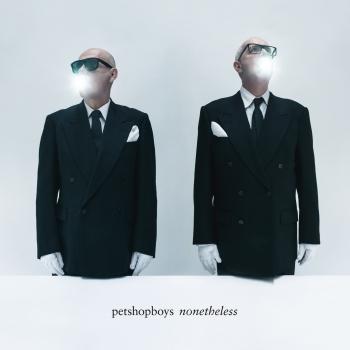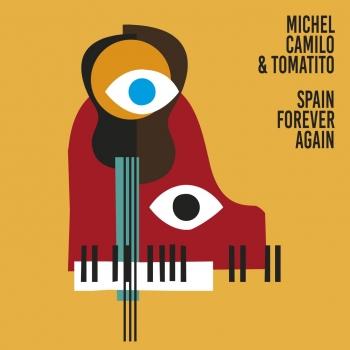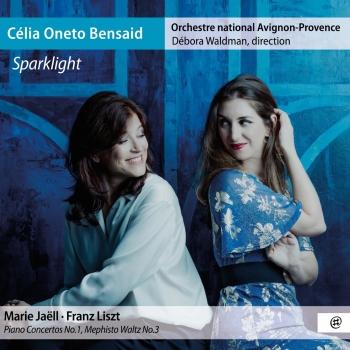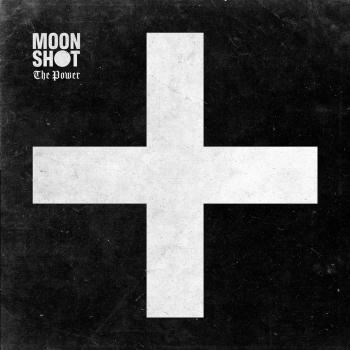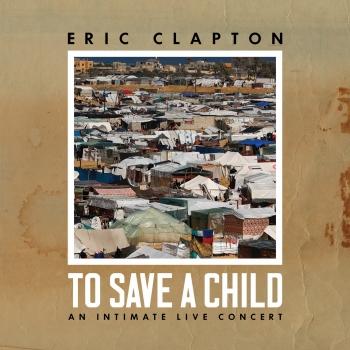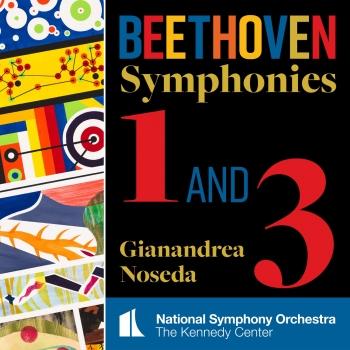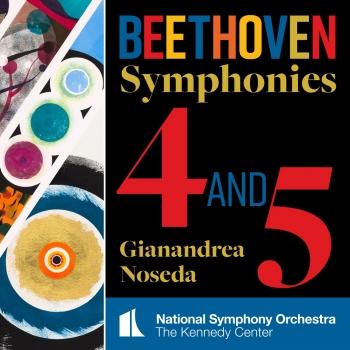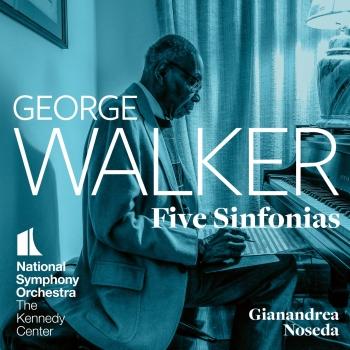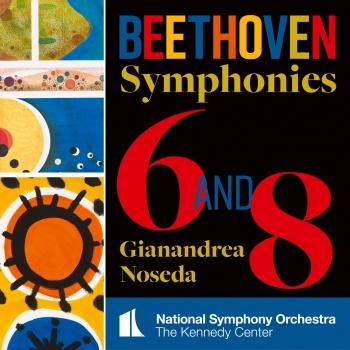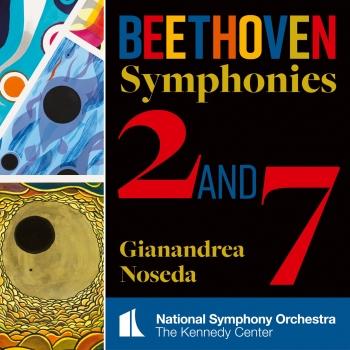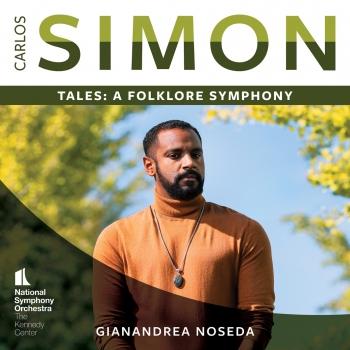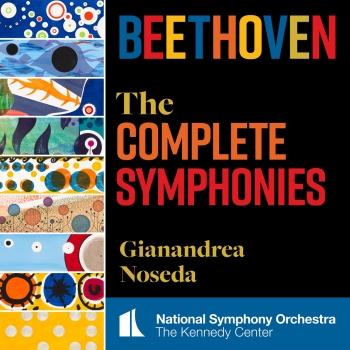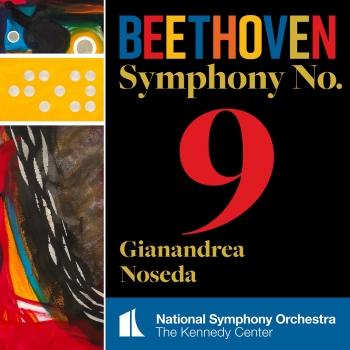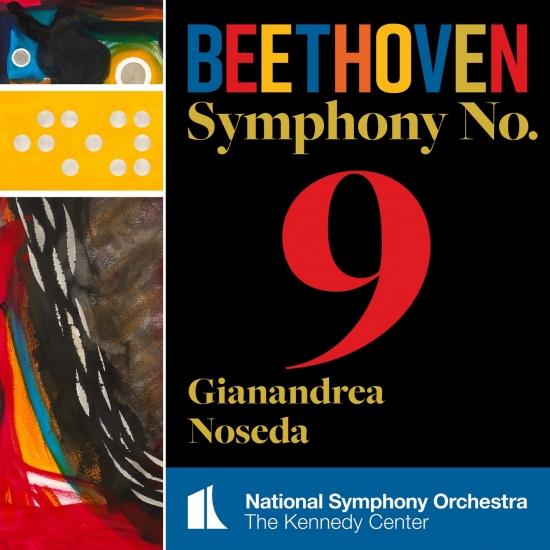
Beethoven: Symphony No. 9 National Symphony Orchestra, Kennedy Center & Gianandrea Noseda
Album info
Album-Release:
2024
HRA-Release:
09.02.2024
Label: National Symphony Orchestra
Genre: Classical
Subgenre: Orchestral
Artist: National Symphony Orchestra, Kennedy Center & Gianandrea Noseda
Composer: Ludwig van Beethoven (1770–1827)
Album including Album cover Booklet (PDF)
- Ludwig van Beethoven (1770 - 1827): Symphony No. 9 in D Minor, Op. 125 "Choral":
- 1Beethoven: Symphony No. 9 in D Minor, Op. 125 "Choral": I. Allegro ma non troppo, un poco maestoso14:58
- 2Beethoven: Symphony No. 9 in D Minor, Op. 125 "Choral": II. Molto vivace - Presto13:17
- 3Beethoven: Symphony No. 9 in D Minor, Op. 125 "Choral": III. Adagio molto e cantabile - Andante moderato13:15
- 4Beethoven: Symphony No. 9 in D Minor, Op. 125 "Choral": IV. Finale. Presto - Allegro assai - "O Freunde, nicht diese Töne!" (Ode to Joy)22:42
Info for Beethoven: Symphony No. 9
With the Ninth, Beethoven created more than a symphony. Almost as soon as it was written, the Ninth became an icon of Western culture. Its message affirms the triumph of joy over adversity like no other piece of music has ever done. And its revolutionary form, its unprecedented size and complexity and, above all, the introduction of the human voice in the last movement, changed the history of music forever. The work’s import and the means by which it is expressed are both unique: each explains and justifies the other.
Everything in Beethoven’s career seems to have prepared the way for this exceptional composition. It is the culmination of the so- called “heroic style,” known from Symphonies Nos. 3 and 5, among others. But it is also the endpoint of a series of choral works with all-embracing, cathartic, and solemn endings. The series began in 1790 with two cantatas on the death of Emperor Joseph II and the inauguration of Leopold II, respectively; the concluding chorus of the latter begins with the words Stürzt nieder, Millionen (“Fall to your knees, ye millions”)—a close paraphrase of Schiller’s “Ode to Joy,” the text Beethoven used in the final movement of the Ninth. The most direct precursor of the “Choral” Symphony is certainly the Choral Fantasy (1808), but let it also be remembered that Beethoven’s only opera, Fidelio, contains another quote from Schiller’s poem in its final scene: Wer ein holdes Weib errungen... (“A man who has found a gracious wife...”)
The poem had preoccupied Beethoven since 1792: in that year, an acquaintance of the composer’s informed Schiller’s sister that:
“A young man...whose talents are universally praised...proposes... to compose Schiller’s Freude, and indeed strophe by strophe. I expect something perfect for as far as I know him he is wholly devoted to the great and the sublime.”
Camilla Tilling, soprano
Kelley O’Connor, mezzo-soprano
Issachah Savage, tenor
Ryan McKinny, bass-baritone
The Washington Chorus
Eugene Rogers, artistic director
National Symphony Orchestra
Gianandrea Noseda, conductor
 Gianandrea Noseda
Gianandrea Noseda
is one of the world’s most sought-after conductors, equally recognized for his artistry in both the concert hall and opera house. The 2021 – 2022 season marks his fifth as Music Director of the National Symphony Orchestra.
Noseda’s artistic leadership has inspired the NSO and in 2019, he and the National Symphony Orchestra earned rave reviews for their first concerts together at New York’s Carnegie Hall and Lincoln Center. The 2019–2020 season saw their artistic partnership continue to flourish with the launch of a new NSO recording label distributed by LSO Live for which Noseda also records as principal guest conductor of the London Symphony Orchestra. The first recording on the label featured Dvořák’s Symphony No 9 and Copland’s Billy the Kid.
Noseda became General Music Director of the Zurich Opera House in September 2021 and will lead multiple productions each season. The centerpiece of his tenure will be a new production of the Ring Cycle, marking his first performances of Wagner’s tetralogy. From 2007 to 2018, Noseda served as Music Director of the Teatro Regio Torino, where his leadership and his initiatives propelled the company’s global reputation resulting in a golden era for this opera house.
National Symphony Orchestra
Founded in Washington, D.C. in 1931 by Hans Kindler, the National Symphony Orchestra (NSO) has always been committed to artistic excellence and music education. Now, nearly 90 years later, the NSO continues to thrive in this capital city. In 1986, the Orchestra became an artistic affiliate of the John F. Kennedy Center for the Performing Arts, where it has performed a full season of subscription concerts since the Center opened in 1971. In addition, the 98-member NSO regularly participates in events of national and international importance, including official holiday celebrations for Memorial and Independence Days through its regularly televised appearances on PBS on the lawn of the U.S. Capitol for Capital Concerts, live-streamed performances from the Kennedy Center Concert Hall on medici.tv, and local radio broadcasts on Classical WETA 90.9FM, making the NSO one of the most-heard orchestras in the country.
Gianandrea Noseda serves as the National Symphony Orchestra’s seventh music director, joining the NSO’s legacy of such distinguished leaders as Christoph Eschenbach, Leonard Slatkin, Mstislav Rostropovich, Antal Doráti, Howard Mitchell, and Hans Kindler. Its artistic leadership also includes Principal Pops Conductor Steven Reineke and Artistic Advisor Ben Folds.
Since assuming the leadership of the NSO, Gianandrea Noseda has brought a renewed sense of energy and focus to the orchestra, which has resulted in wide-ranging recognition from local, national, and international publications, increases in subscription and single ticket sales, and the expansion of the Orchestra’s reach through livestreamed concerts and recordings. The New York Times called the NSO and Noseda’s recent Carnegie Hall appearance 'spectacular', while the Washington Post wrote that 'there’s a certain flair going on at the National Symphony Orchestra', consistently reinforcing that this artistic partnership continues to gain momentum.
Additionally, the NSO’s community engagement projects are nationally recognized, including NSO In Your Neighborhood, which annually comprises a week of performances in schools, churches, community centers, and other unexpected venues; Notes of Honor, which offers free performances for active, veteran, prior service, and retired members of the military and their families; and Sound Health, a collaboration with the National Institutes of Health (NIH) and its affiliated organizations. Career development opportunities for young musicians include the NSO Youth Fellowship Program and its acclaimed, tuition-free Summer Music Institute.

